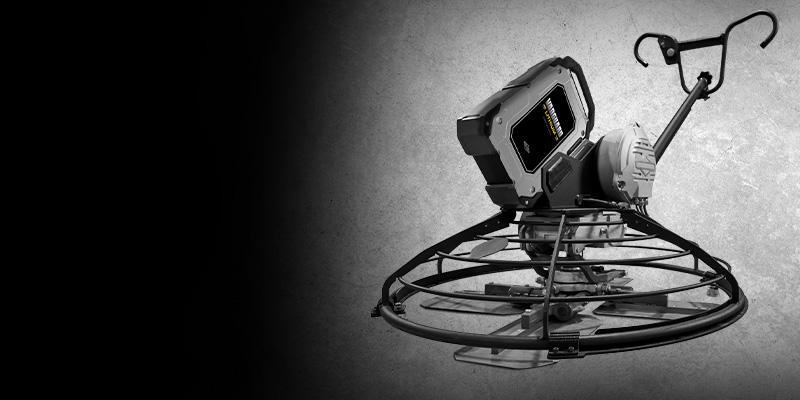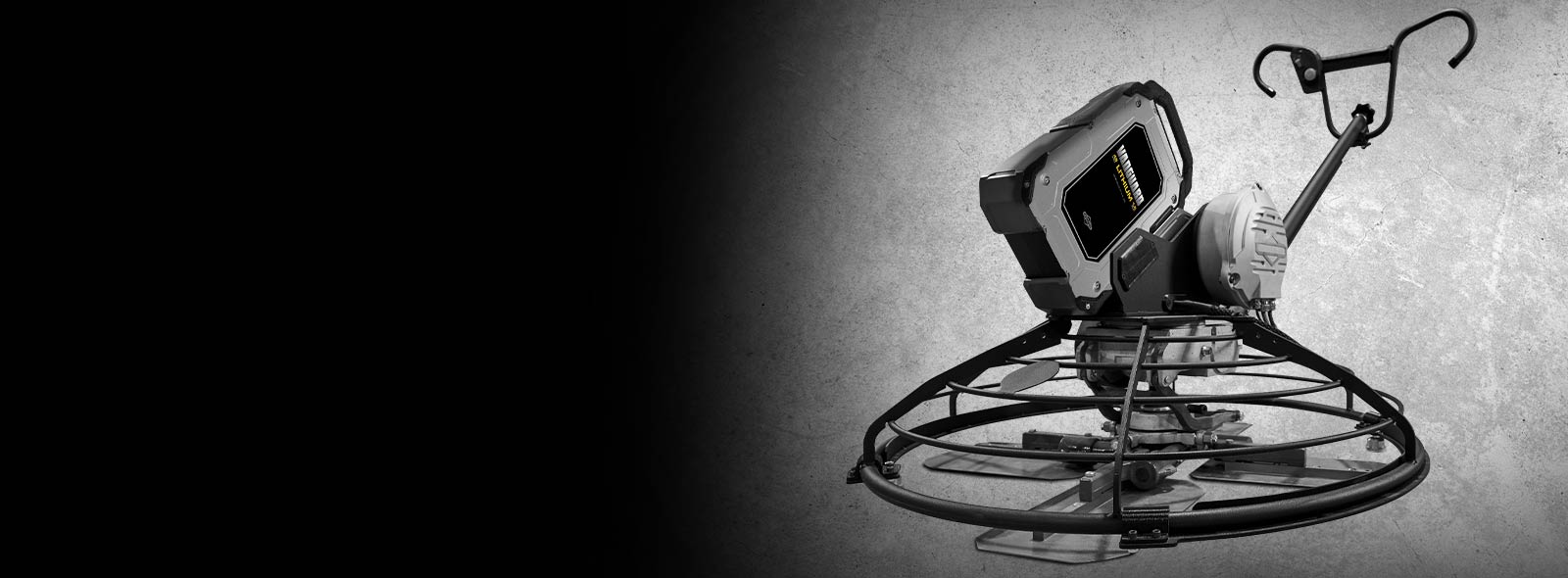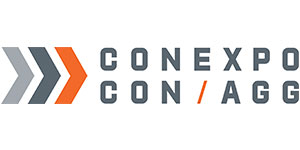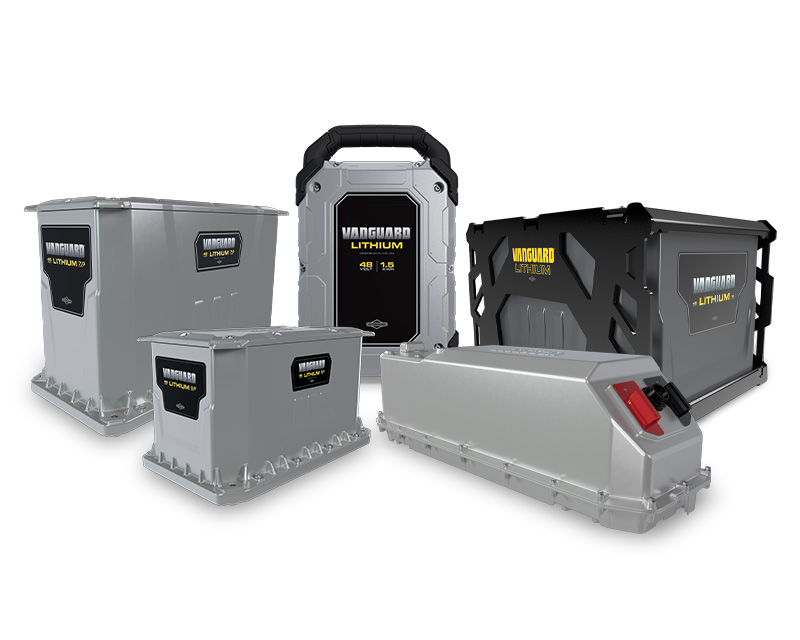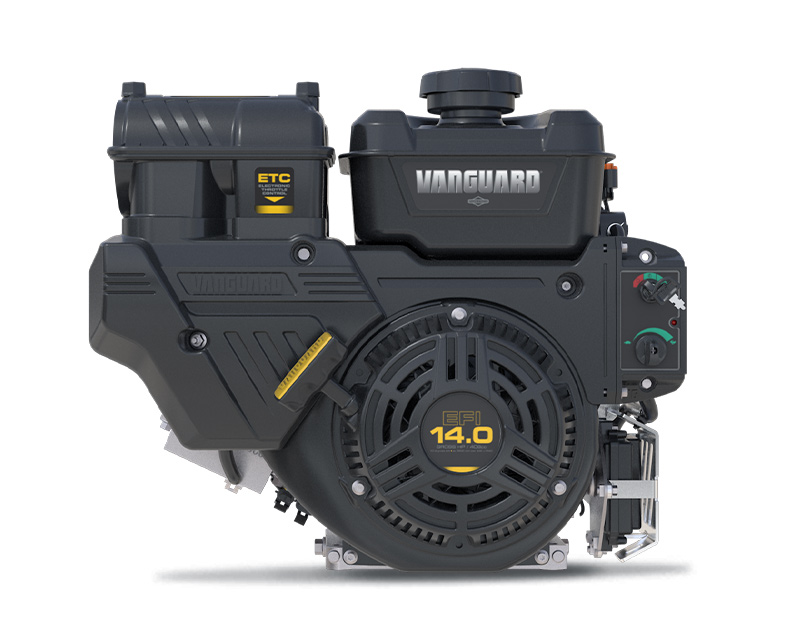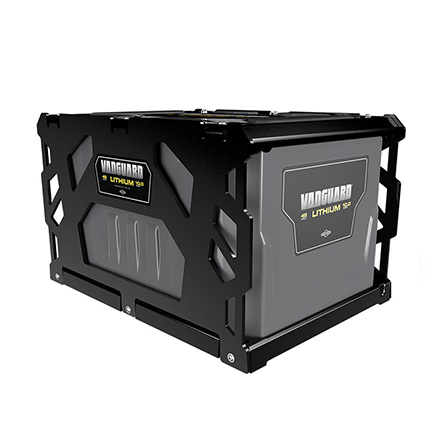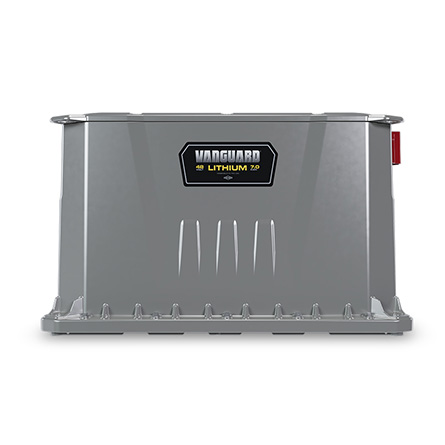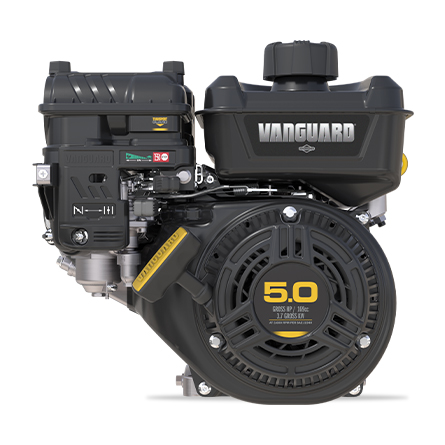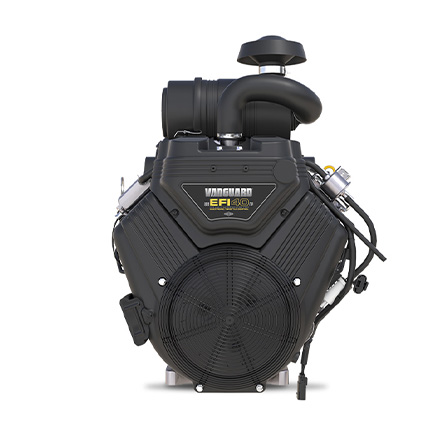Recap: Vanguard® Power Solutions at CONEXPO 2023
There was incredible interest and excitement around our power solutions at CONEXPO 2023. We enjoyed demonstrating light construction and industrial equipment powered by our latest swappable batteries; showcasing our gas-powered engines, including our new 400 EFI/ETC single-cylinder engine; and talking with attendees about a proven-to-perform solution for their application.
Latest Products Showcased at CONEXPO
NEW Swappable Batteries
Vanguard Swappable Lithium-Ion Battery Packs are durable, powerful, and quick and easy to change out on the jobsite. This new emissions-free power technology is rigorously tested and validated to operate in any environment, requires little maintenance and can be paralleled with other packs to provide additional power capacity. And because they are set up for optimized network communication with the product and the internet via an IoT device, the battery packs can be monitored and controlled remotely.
Single-Cylinder Engines
The newest addition to the product lineup, the Vanguard 400 EFI/ETC Single-Cylinder Engine provides better fuel efficiency and improved overall performance. With the addition of the Electronic Throttle Control (ETC), this engine provides consistent power no matter the load size. And it’s backed by the Vanguard 3+1 Year Commercial Warranty.
Choosing Battery Power for Your Equipment: Lithium-Ion Vs. Lead Acid Batteries
Learn how the basic, safety and environmental features of both battery types compare.
Battery Power Solutions and Gas-Powered Engines Featured at CONEXPO
*Total energy measured using a 0.2C discharge per IEC 61960-3:2017
Case Study: Concrete Buggy Electrification
Go behind the scenes to discover why the Vanguard 5kWh* Commercial Battery Pack not only provided an efficient electrification solution for Allen Engineering’s end users, but also made its power buggy a safer, more advanced piece of equipment.
Complete the form to download the article.
*Total energy measured using a 0.2C discharge per IEC 61960-3:2017.




